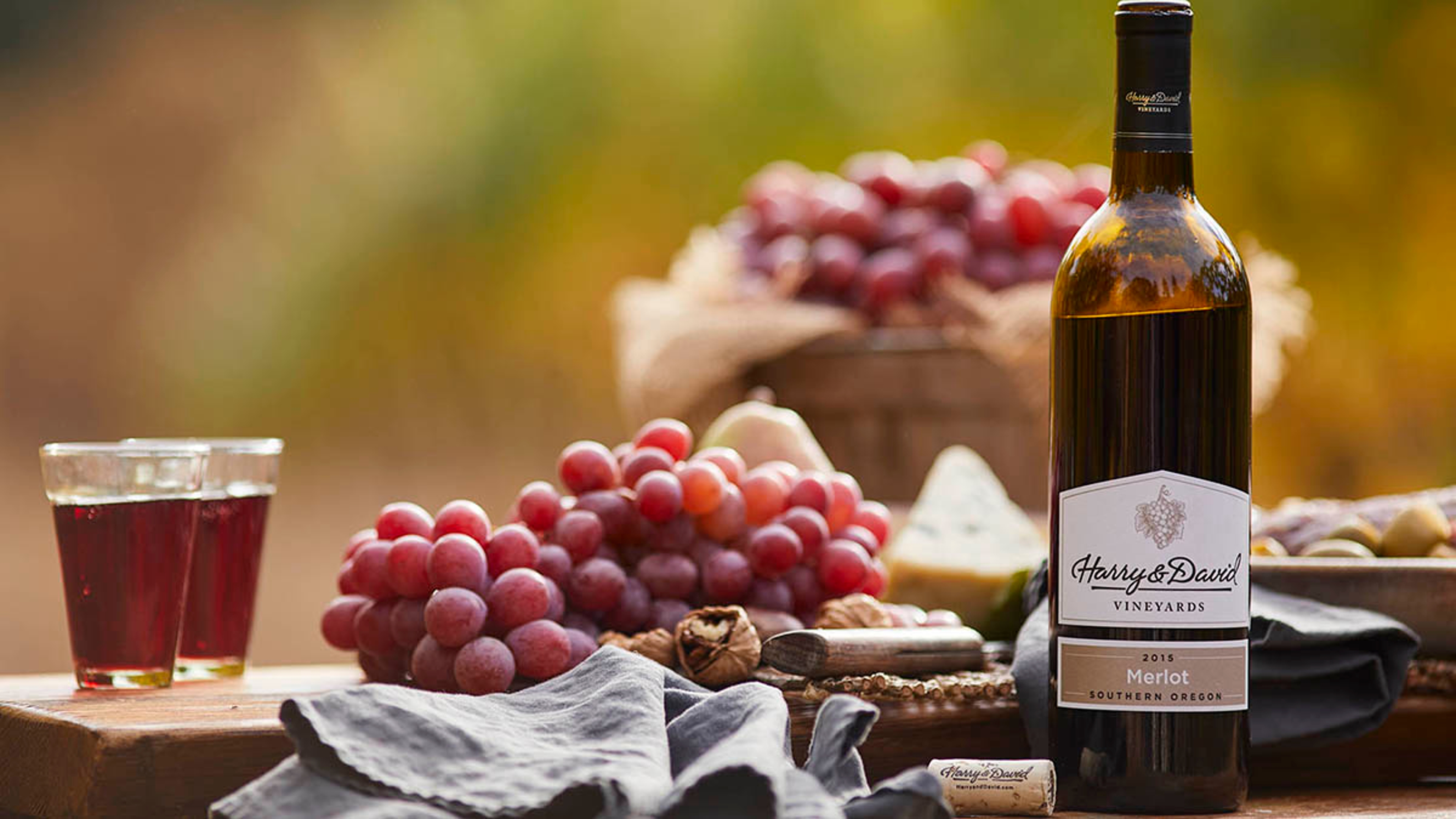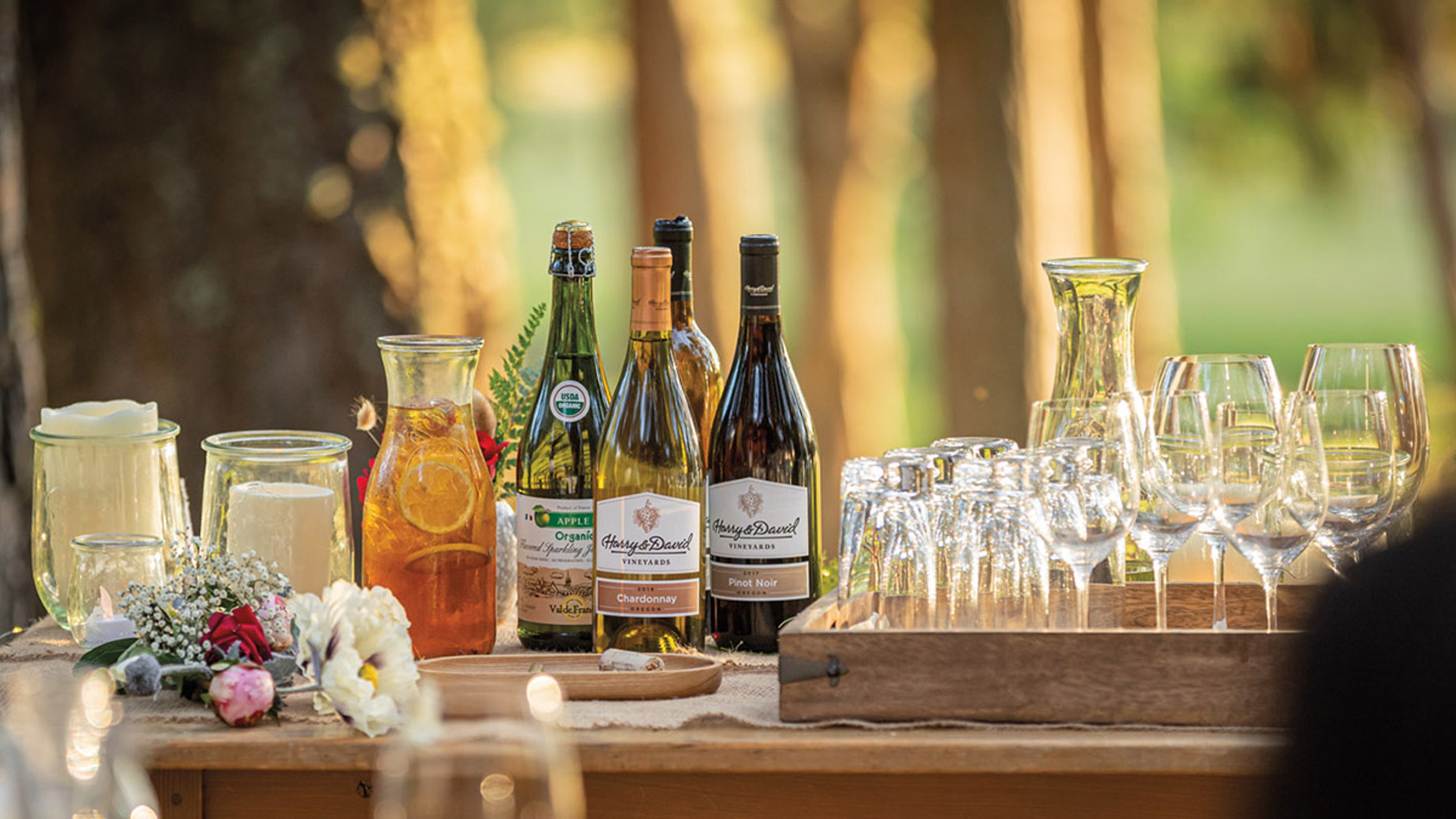Wine Pronunciation Guide
Not sure how to say trockenbeerenauslese? That's OK. (Neither are we.)
Feb 23, 2022

Language is a funny thing, and a challenging one. Sometimes what appears to be the simplest words may be hard to pronounce. Take the word "ask": There's no "X" in it, yet folks say it with one: axe? The same goes with wine. And considering these names usually come from foreign languages, wine pronunciation can be difficult for everyone.
You don't want to be the person who keeps mispronouncing the same word to the point where people are uncomfortable correcting you. To help you avoid this potential embarrassment, I've put together a list of the most common yet difficult grape names I hear misspoken in wine stores and restaurants. With this wine pronunciation guide, your days of being scoffed at for mispronouncing pinot gris are thankfully behind you.
Agiorgitiko
(AYE-yoe-YEE-tee-ko)
If you find yourself at a Greek restaurant and are thinking about kebabs or a lamb dish, I highly recommend this fun-to-say-but-difficult-to-pronounce indigenous varietal. It is the most widely planted grape variety in Greece, and its main flavors are fresh raspberry and pomegranate. Remember to replace each "g" with a "y" when pronouncing.
Gewürztraminer
(guh–VERTS-truh-MEE-nur)
This grape has a flavor profile as complex as its name, with flavors ranging from lychee to white flowers, ginger, and white pepper. While the name looks complicated, it's actually very close to its phonetic pronunciation; the key is saying the "w" in "würtz" as a "v."
Merlot
(It's mur-loh, not mur-lot.)
Thankfully, this grape has made quite a comeback after the 2004 movie Sideways sent it in a downward spiral for almost a decade. Its main flavors are plum and blueberry, and its main growing areas are the Bordeaux region of France, the Napa Valley, and Tuscany.

Pinot gris
(It's gree, like see, not griss, like Chris. So, pee-no gree)
This neutral-flavored grape is mostly grown in the Alsace region of France, Oregon, and Italy, where it is known as pinot grigio, a name that no one has pronounced wrong. Ever.
Pinot noir
(pee-no nwar)
Most people, including myself, pronounce this as pee-no nwar, and that is perfectly acceptable. If you want to sound fancy and use the more traditional French pronunciation, then turn the “are" into a “wah" for pee-no nwah. The main flavors are cherry and raspberry, and the prominent growing areas are the Burgundy region of France, California, and Oregon. This wine, known for pairing with meat, also goes well with chocolate.
Rkatsiteli
(ruh-KAT-see-TELL-ee)
This delicious little-known grape originating from the eastern European country of Georgia is also very popular in the Finger Lakes region of upstate New York. The flavors are crisp and clean, with notes of green apple, white peach, and quince.
Sancerre
(It's saan-sehr, not saan-seer.)
The common mispronunciation of this grape secretly annoys sommeliers and wine enthusiasts around the country because the word sounds so much better when said correctly. Sancerre is a region in the Loire Valley in France, where grape farmers grow delicious sauvignon blanc and fromagers make some of the finest goat cheeses in the world outside Vermont. The main flavors are grapefruit, green apple, and lime.

Sauvignon blanc
(It's soh-vin-yohn blahnc, not saav-in-yan blahnc.)
The difference here is subtle but significant. This is the same grape as the one from the Sancerre region of France, but in warmer climates, such as California, Oregon, and New Zealand, sauvignon blanc takes on tropical flavors — pineapple, grapefruit, and mango — instead of the under-ripe, more neutral ones mentioned above for Sancerre.
Trockenbeerenauslese
(Tro-ken-bee-ren-ous-ley-zuh)
This rare, expensive, and extremely difficult to harvest (and pronounce!) German dessert wine is made from grapes that have botrytis, a mold that shrivels them up to the point of almost a raisin, with just a hint of highly concentrated, super-sweet grape juice left in the middle.
Viognier
(vee-oh-nyay)
This is a bold and diverse white grape predominantly grown in the Rhone Valley of France. It has main flavors of tangerine and honeysuckle, with spicy nutmeg, clove, and bay leaf as undertones.
Xinomavro
(It's ksee-NOH-mah-vroh, not she-no-mav-row.)
Another delicious but difficult to pronounce grape from Greece that is predominately grown in the northern region of Naousa. Like a Nebbiolo from Italy, this high-tannin, high-acid grape tastes like dusty red raspberry, dried flowers, and tomato leaf.
.svg?q=70&width=384&auto=webp)







.JPG?q=70&width=3840&auto=webp)